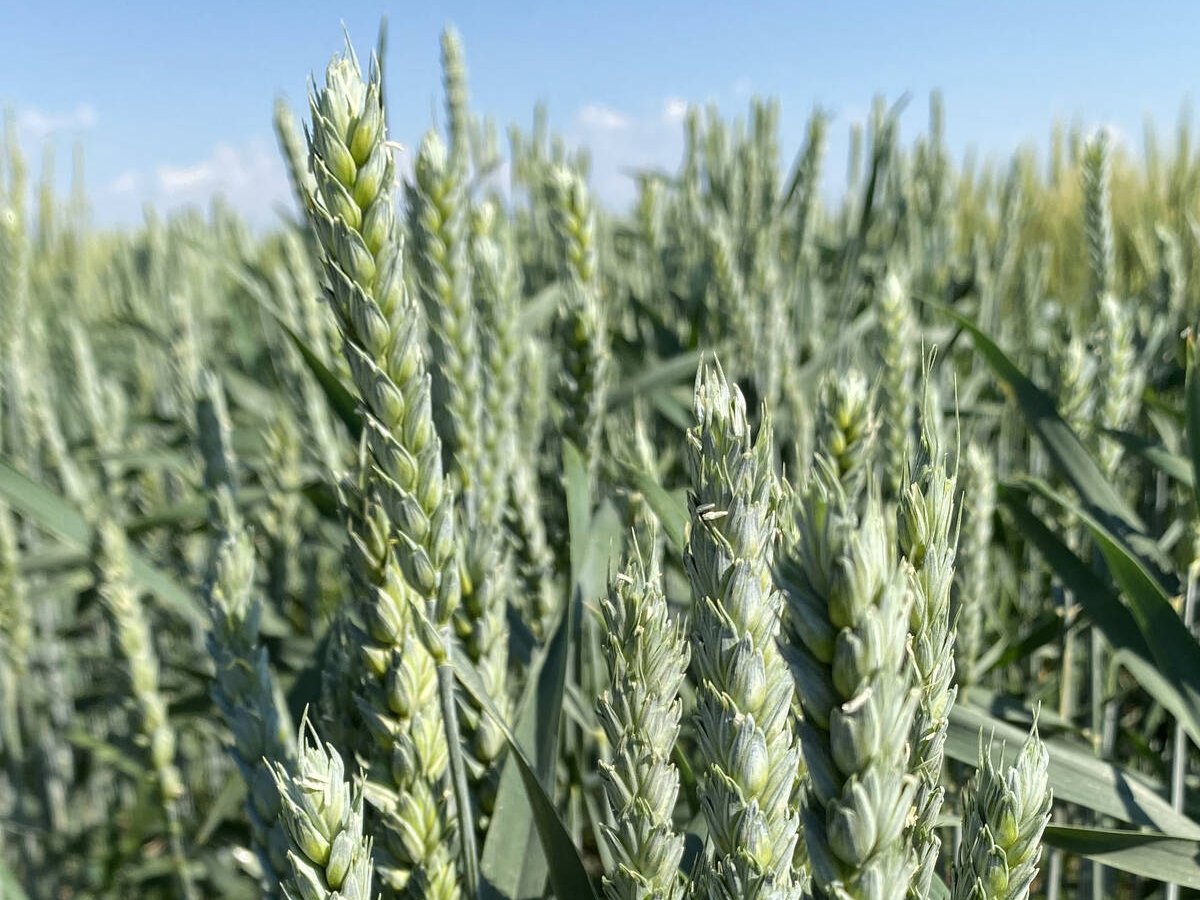Appearance of brucellosis raises concerns about the health of the national park’s bison and elk populations
(Reuters) — Several thousand head of cattle have been quarantined in Montana after a cow near Yellowstone National Park tested positive for brucellosis, the livestock disease feared by ranchers and carried by elk and bison, state livestock officials said.
The disruption comes at a crucial moment for the region’s beef producers, who are in the midst of readying the bulk of their herds for sale at a time of record high prices for the cattle they bring to auction.
The quarantine will for the time being place off-limits livestock belonging to the rancher whose cow tested positive — likely infected by an elk — and neighbouring producers whose herds may have been exposed through intermingling of livestock, officials said.
Read Also

Discovery promises big wheat yield gain
University of Maryland researchers have discovered a gene that produces three grains per wheat floret instead of the usual one.
But the finding will not cost Montana its prized brucellosis-free status, which allows cows to be shipped across state lines without vaccination or testing, he said.
Several thousand head in all are affected by the quarantine, a fraction of the more than two million cattle raised throughout Montana, state veterinarian Dr. Marty Zaluski said.
Exposure to brucellosis, a disease that can cause pregnant cows and other animals to miscarry their young, is at the centre of an ongoing dispute between ranchers in Montana and wildlife advocates over management of Yellowstone’s famed bison population and vast elk herds in and around the park.
Many of those animals have been exposed to the disease, first brought to the region by cattle.
Bison that wander from Yellowstone into neighbouring Montana each winter in search of food are targeted for hunting or capture and slaughter to prevent them from transmitting brucellosis to cattle that graze in the vicinity.
The program is opposed by environmental groups and wildlife activists, who routinely sue to stop the culling.
Under a U.S. Department of Agriculture rule designed for livestock in the vicinity of Yellowstone, which spans parts of Wyoming, Montana and Idaho, testing and quarantining of cattle is required to prevent the spread of brucellosis when it is found, Zaluski said.
Cows in Montana counties just outside Yellowstone have tested positive for brucellosis just five times during the past eight years without triggering larger outbreaks or risking the state’s brucellosis-free classification.
“The infection rate is very low because we identify these cows very quickly,” Zaluski said.














